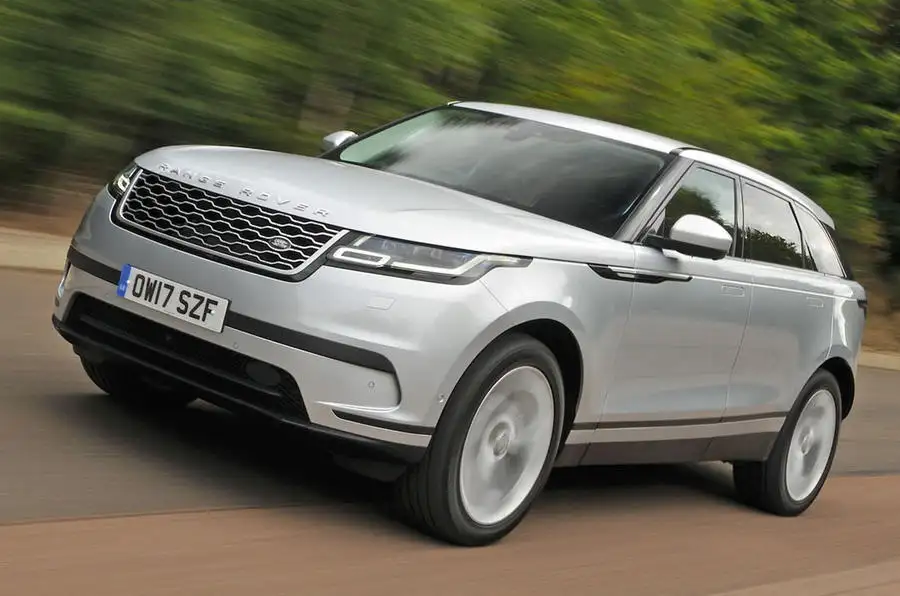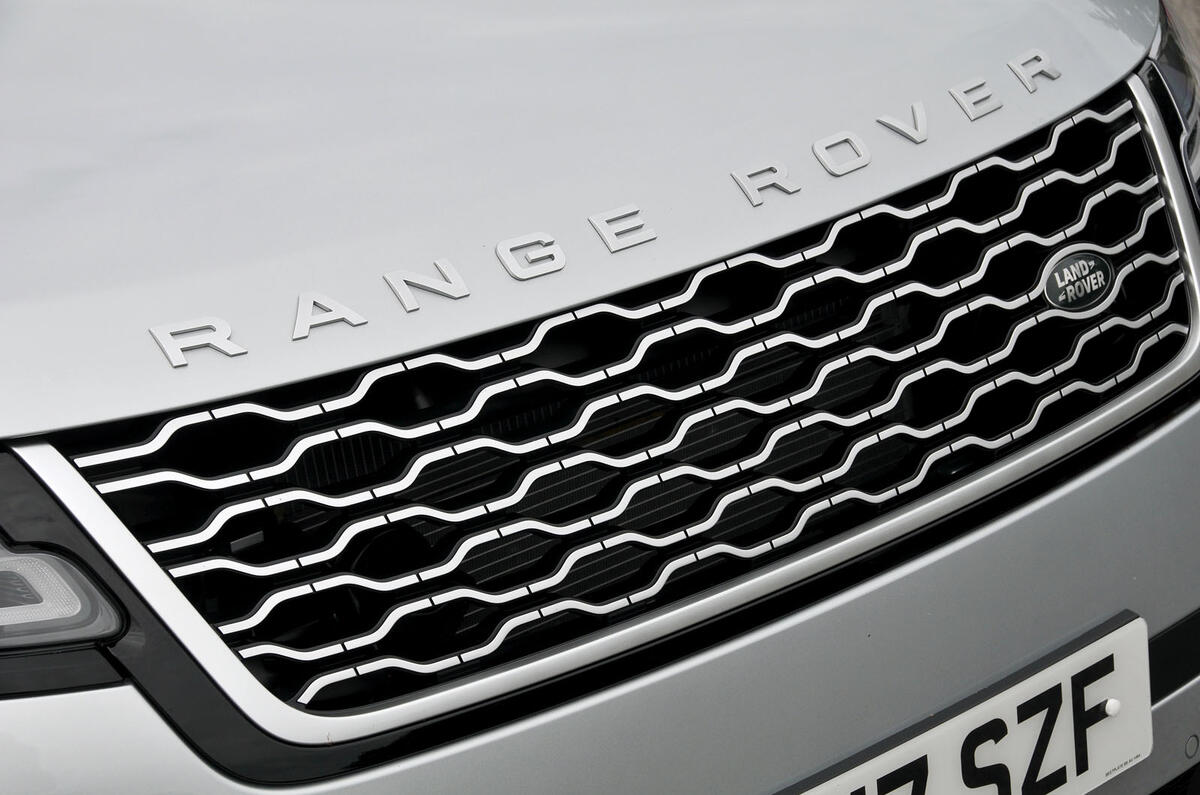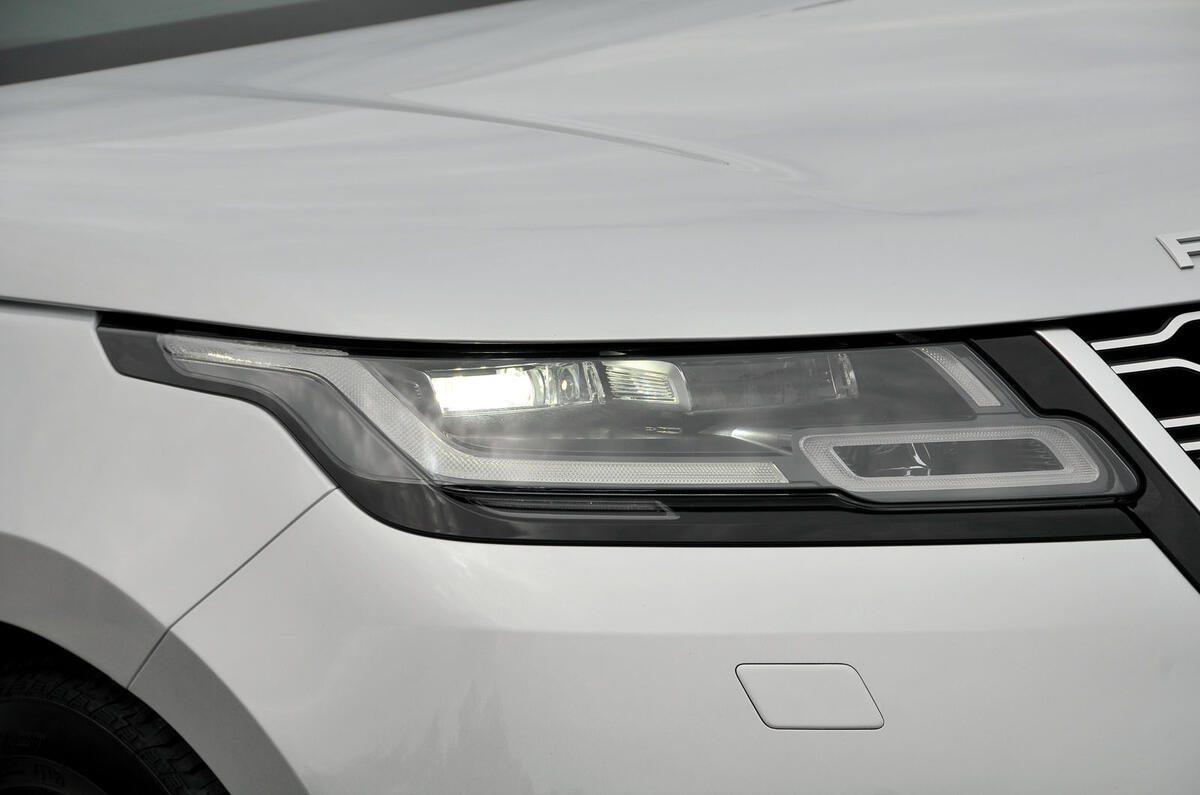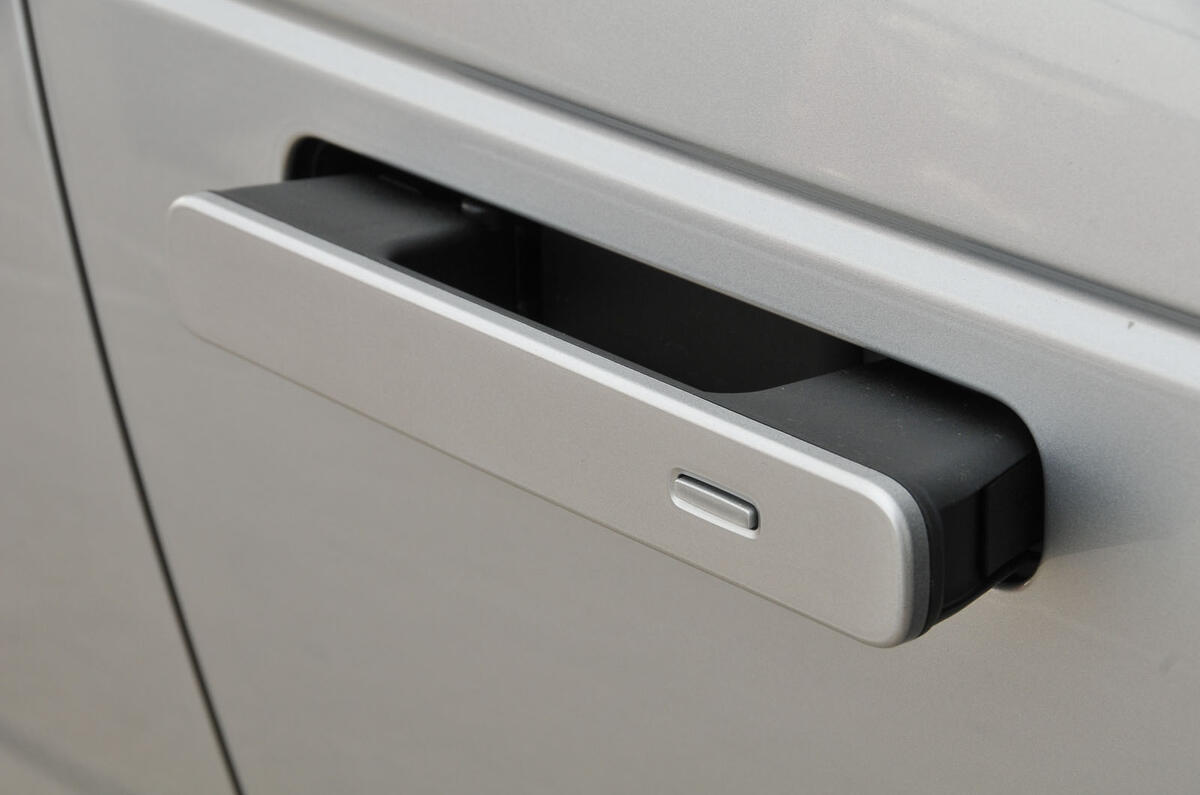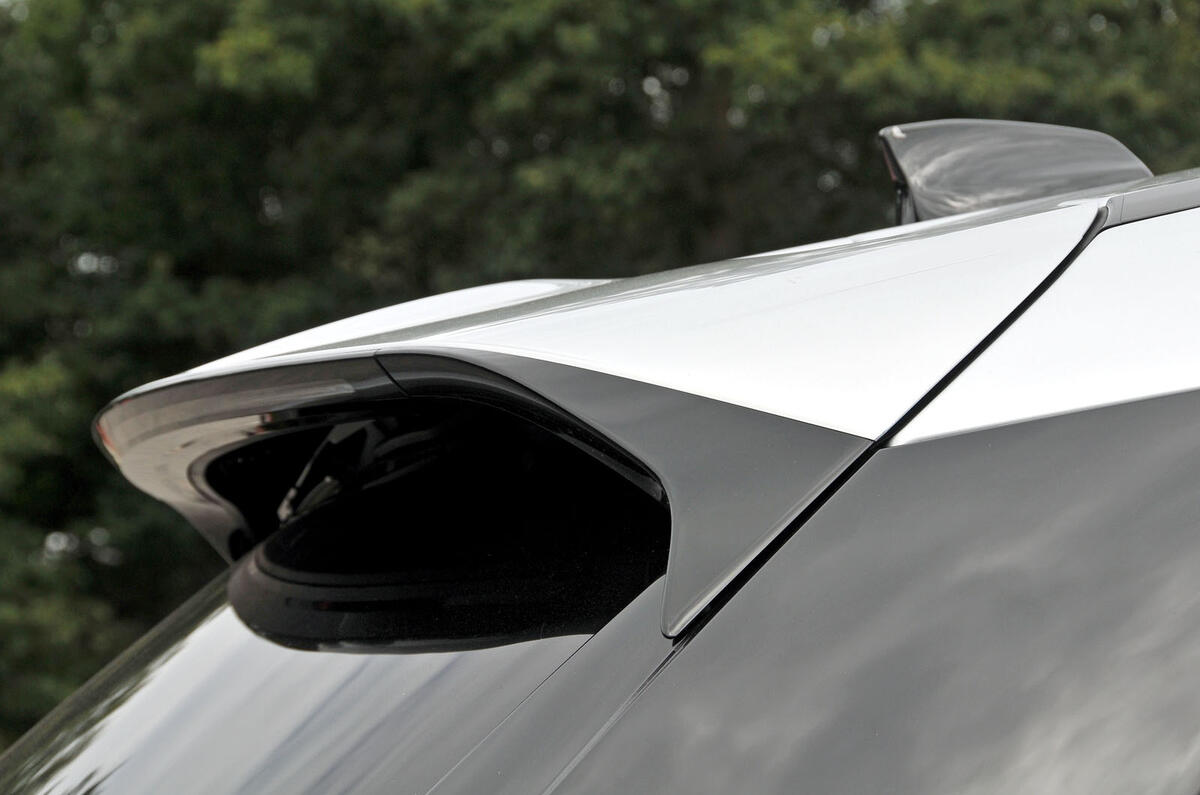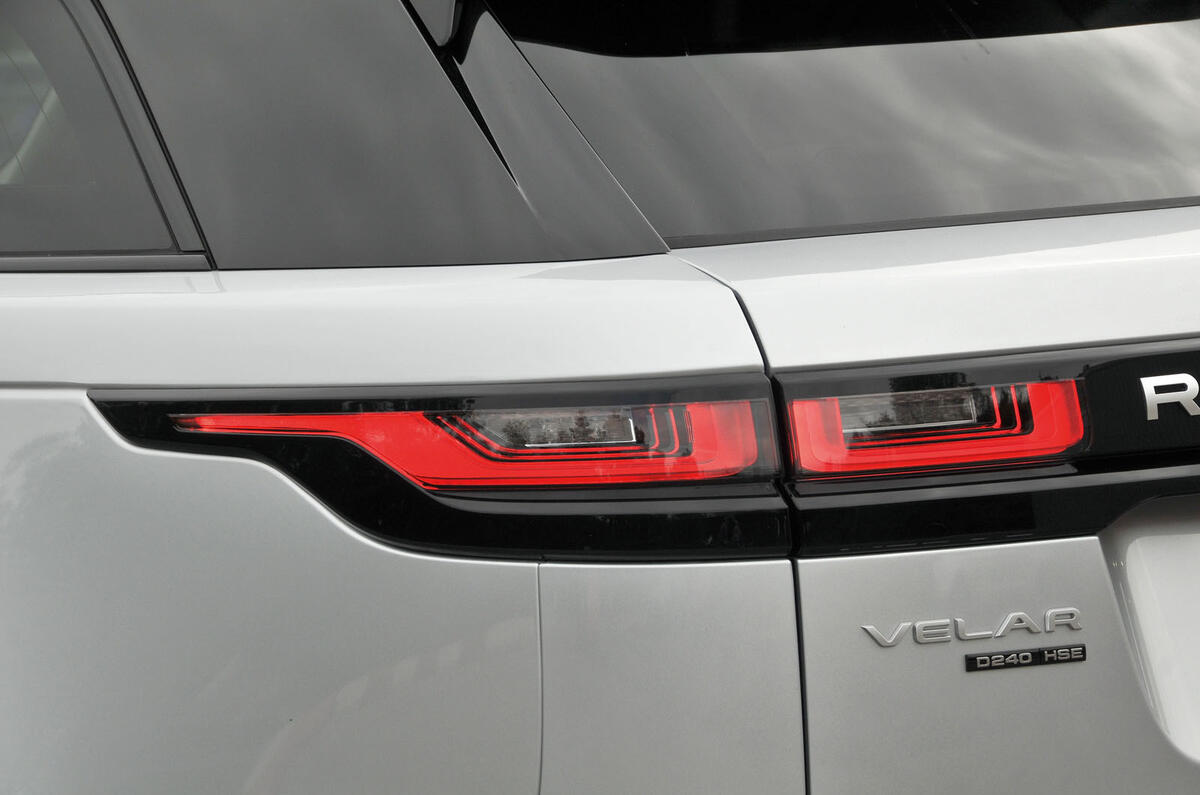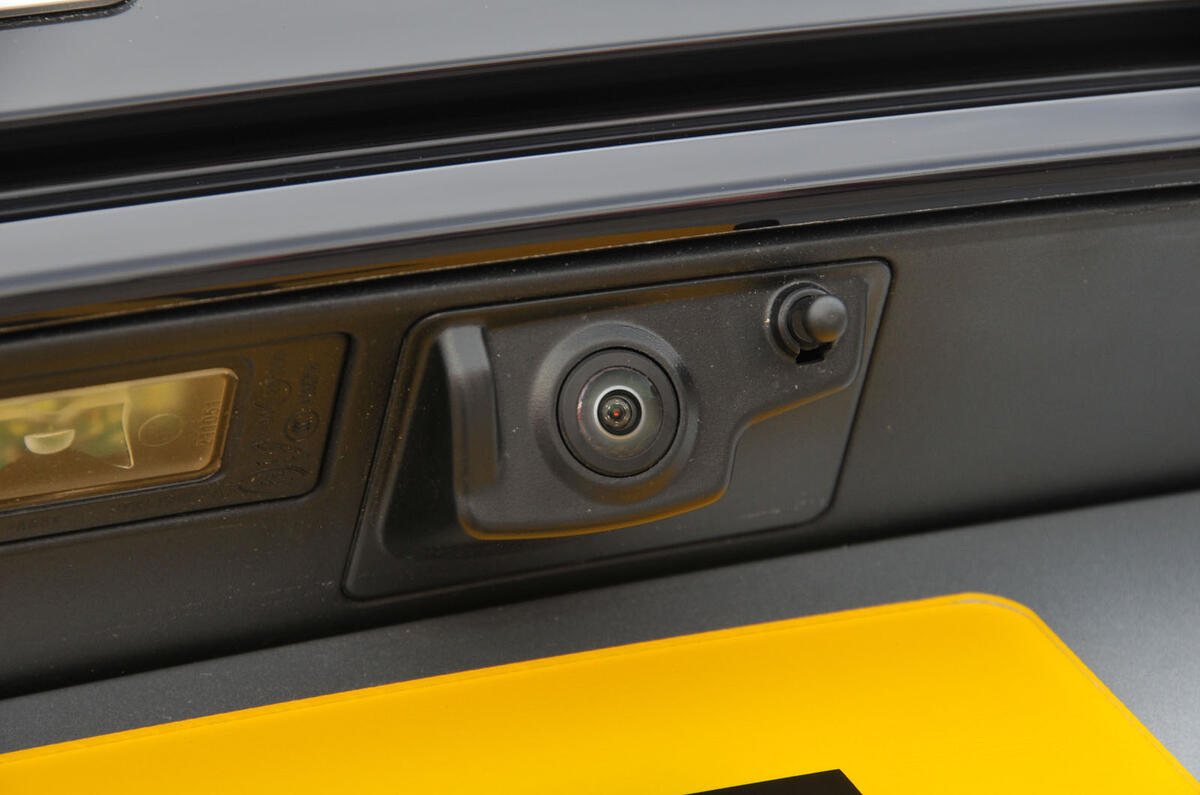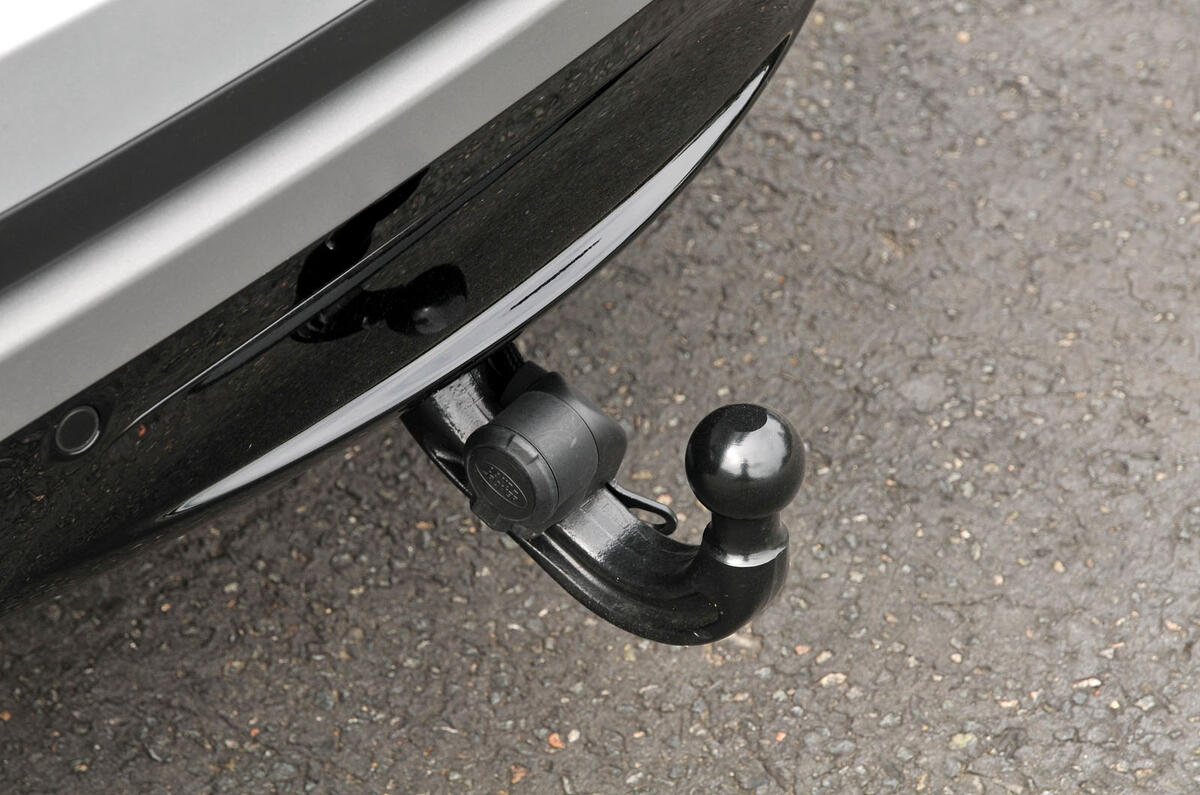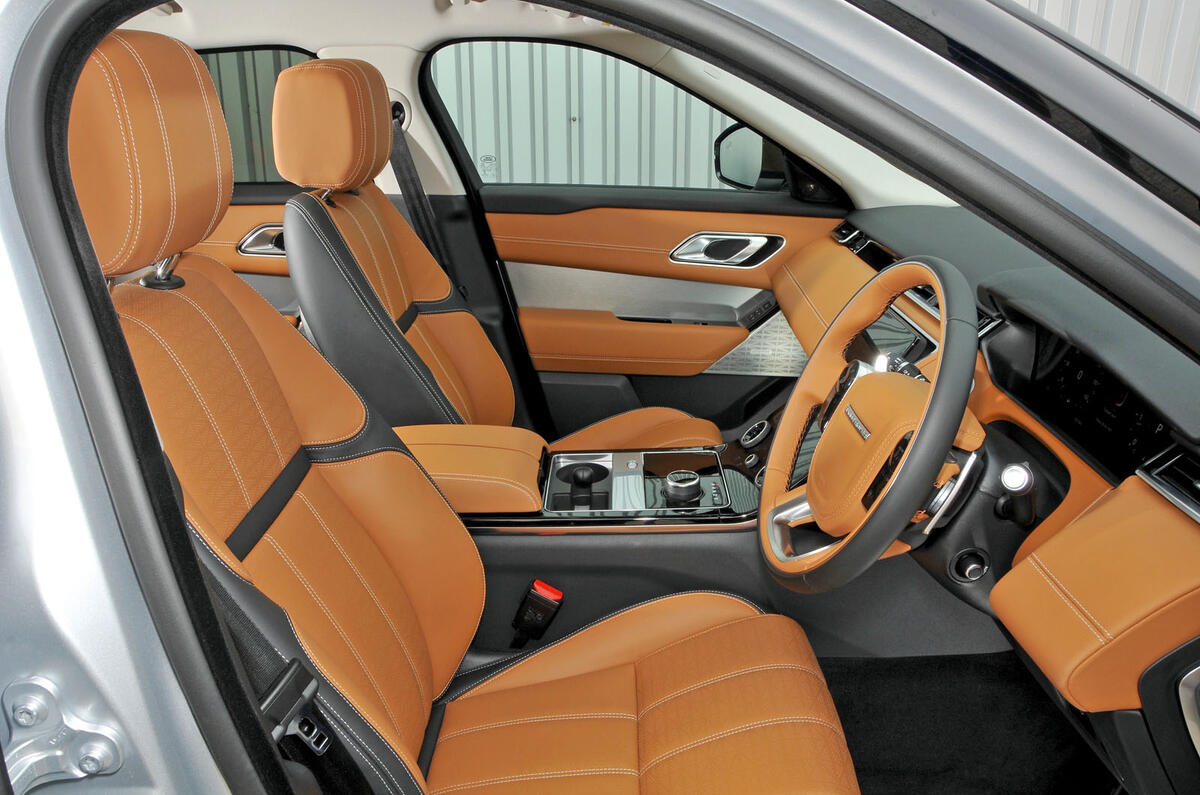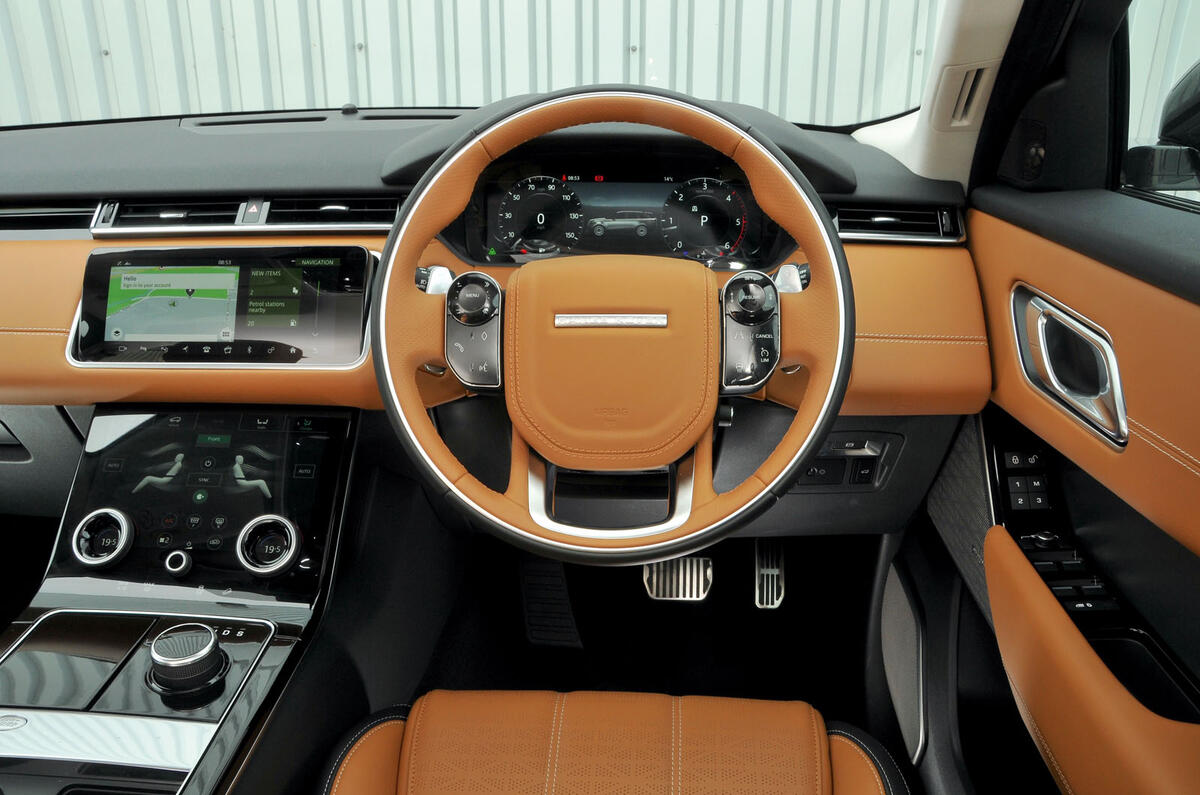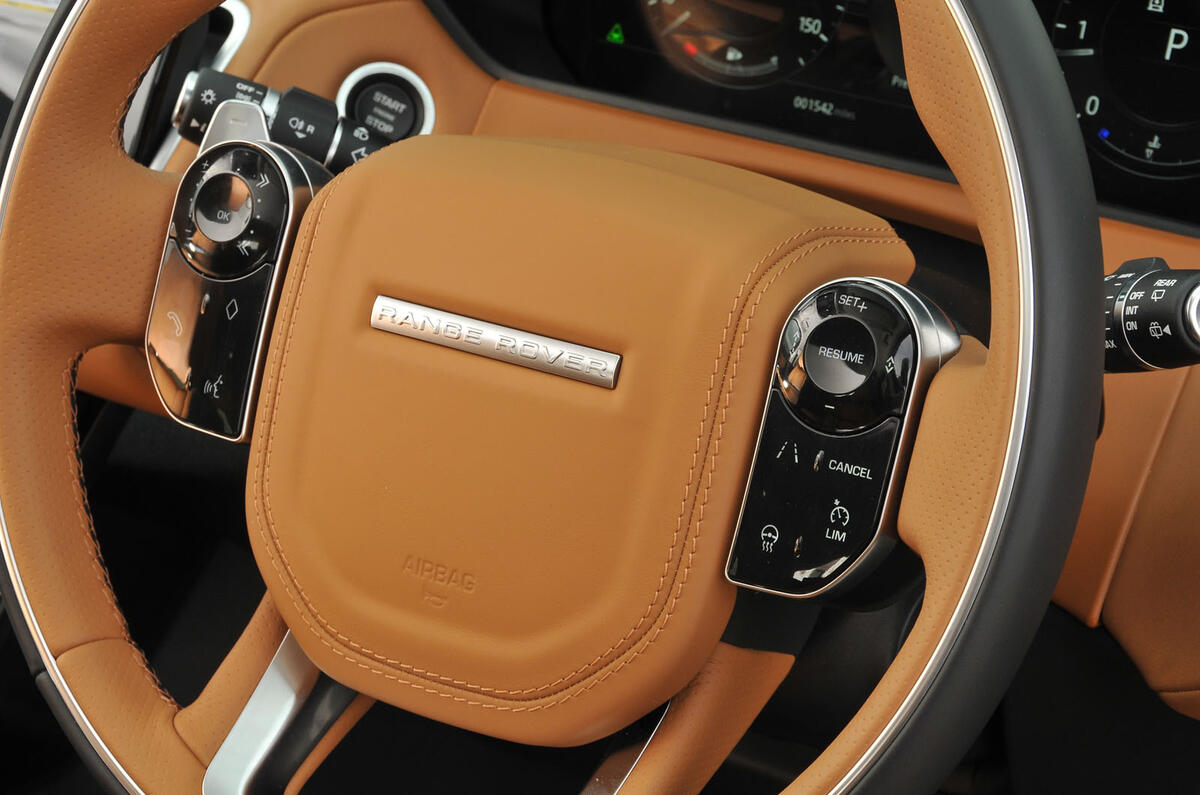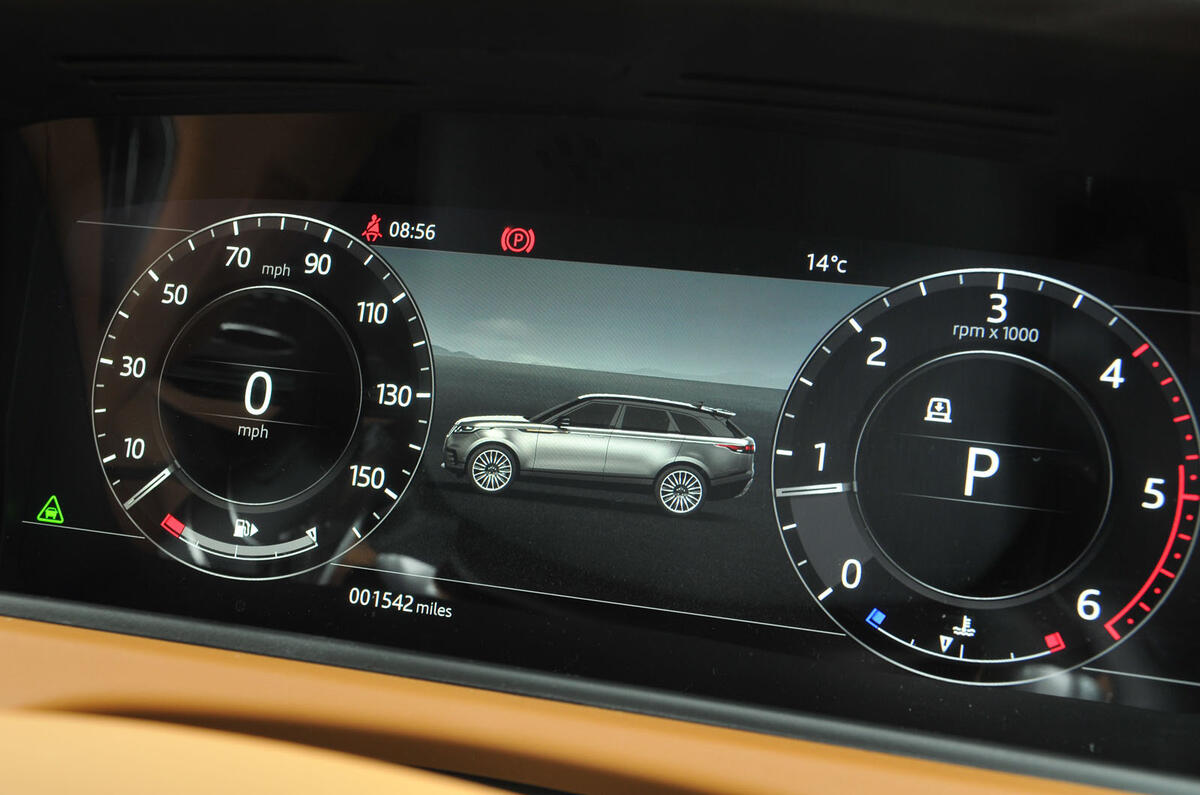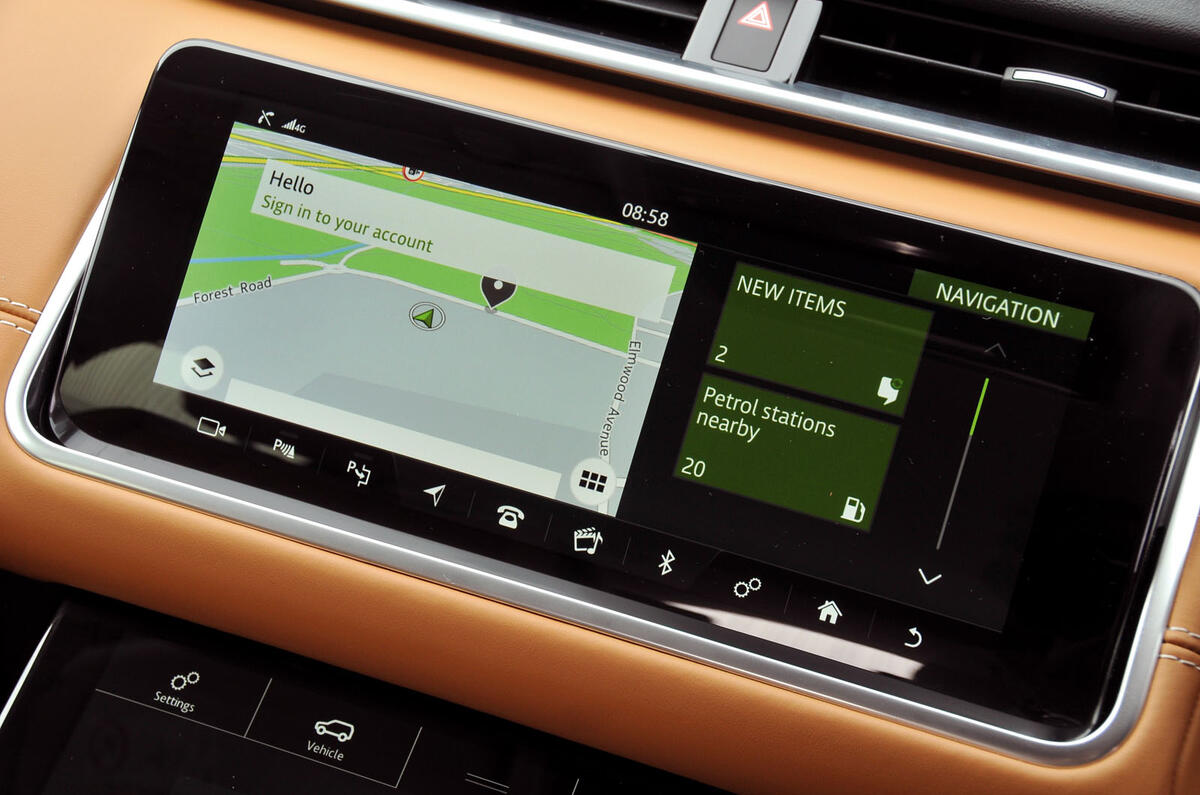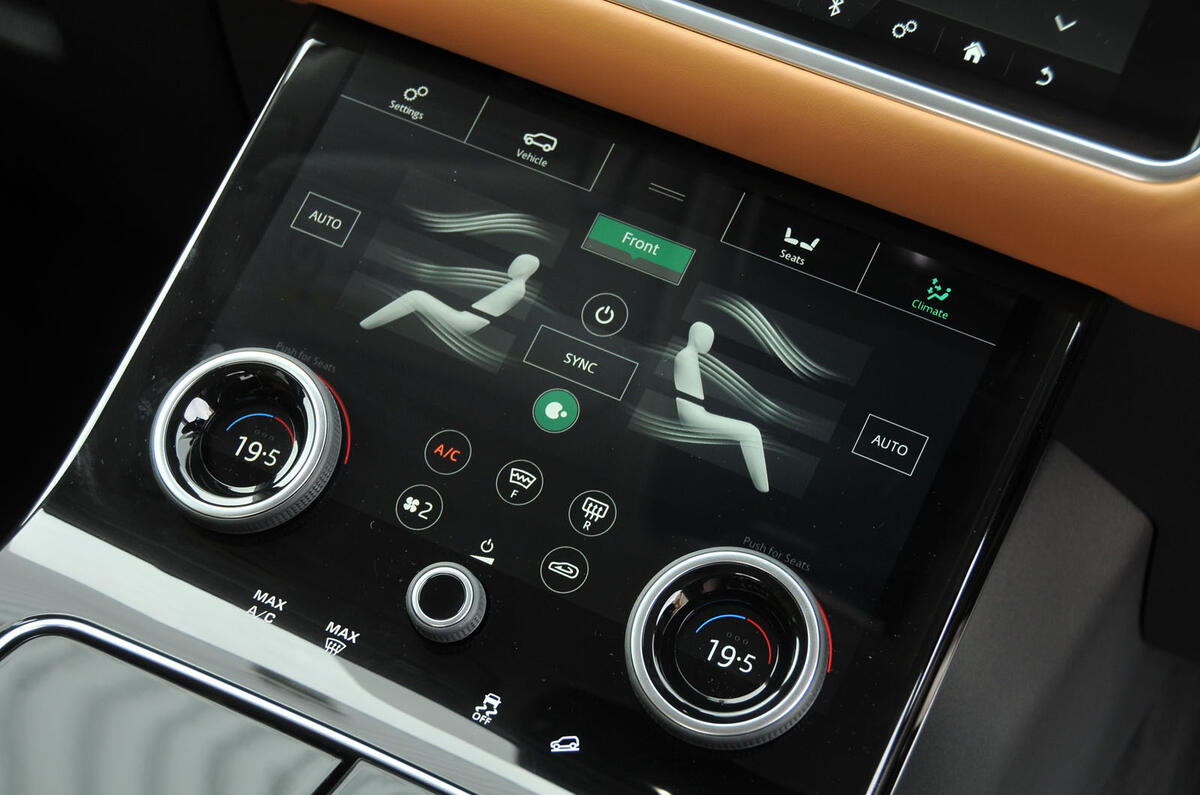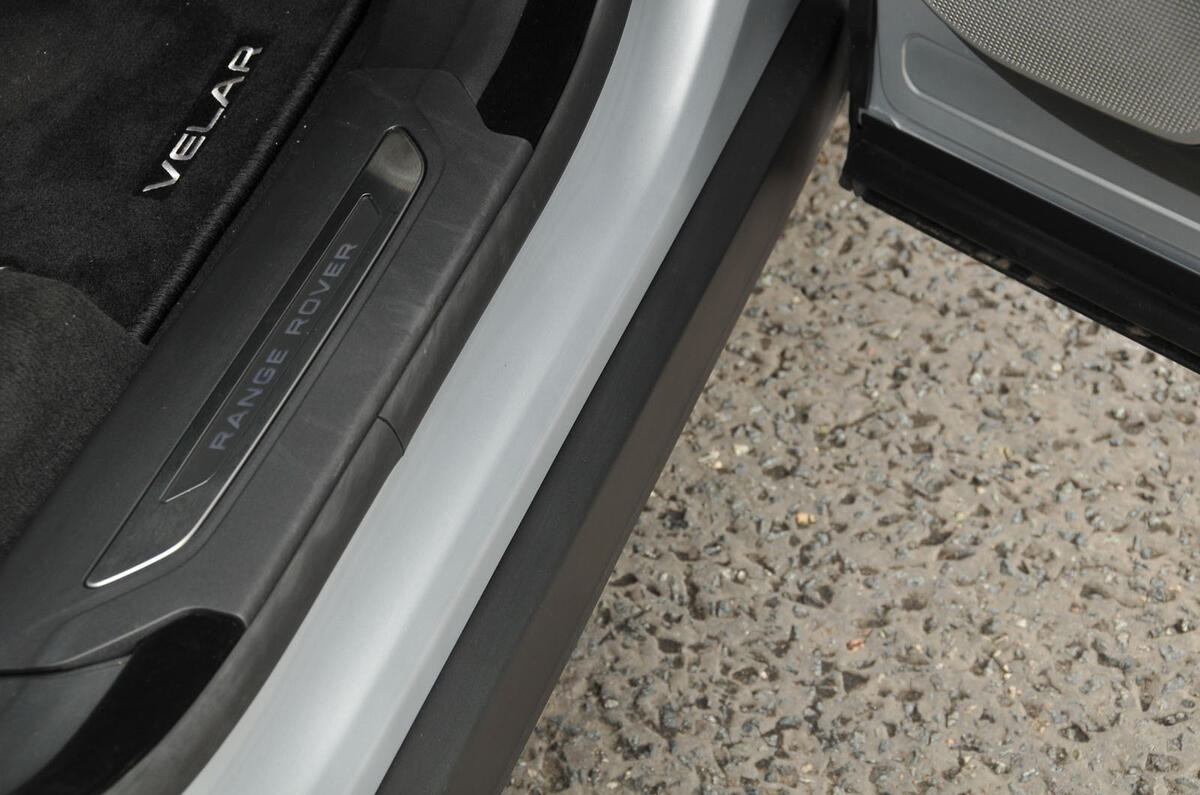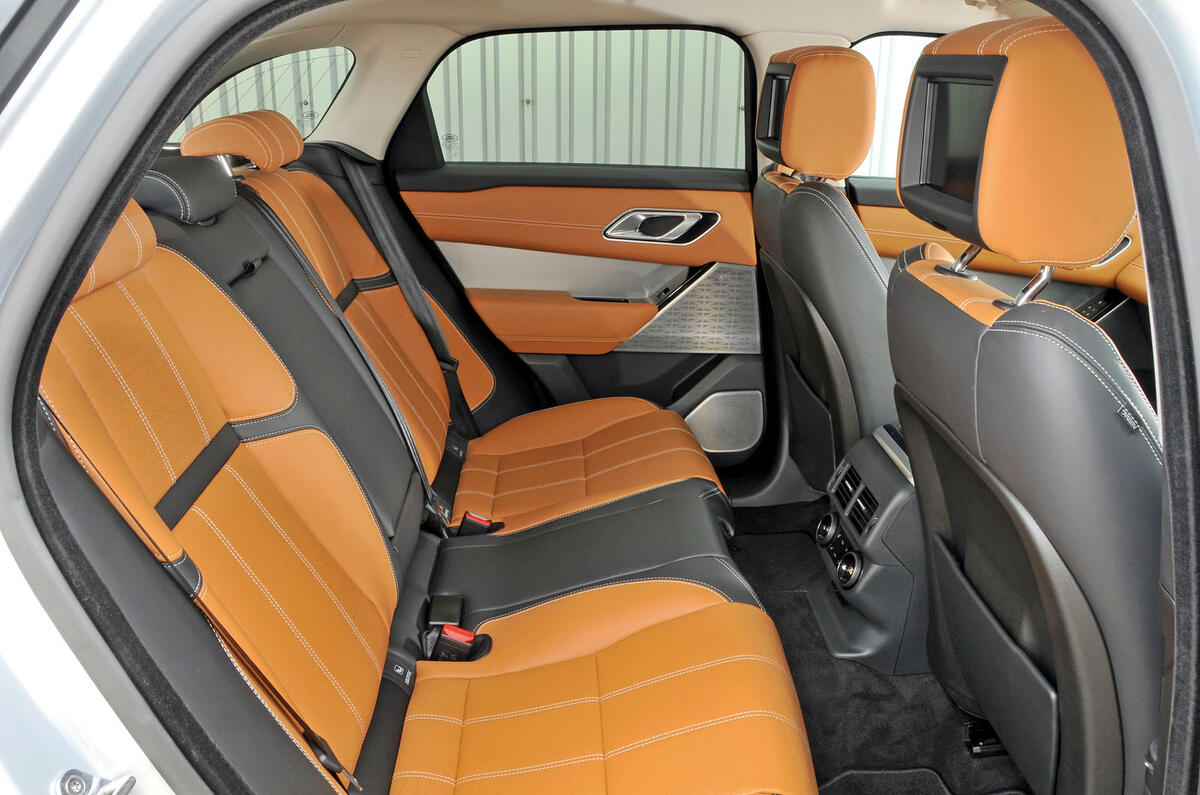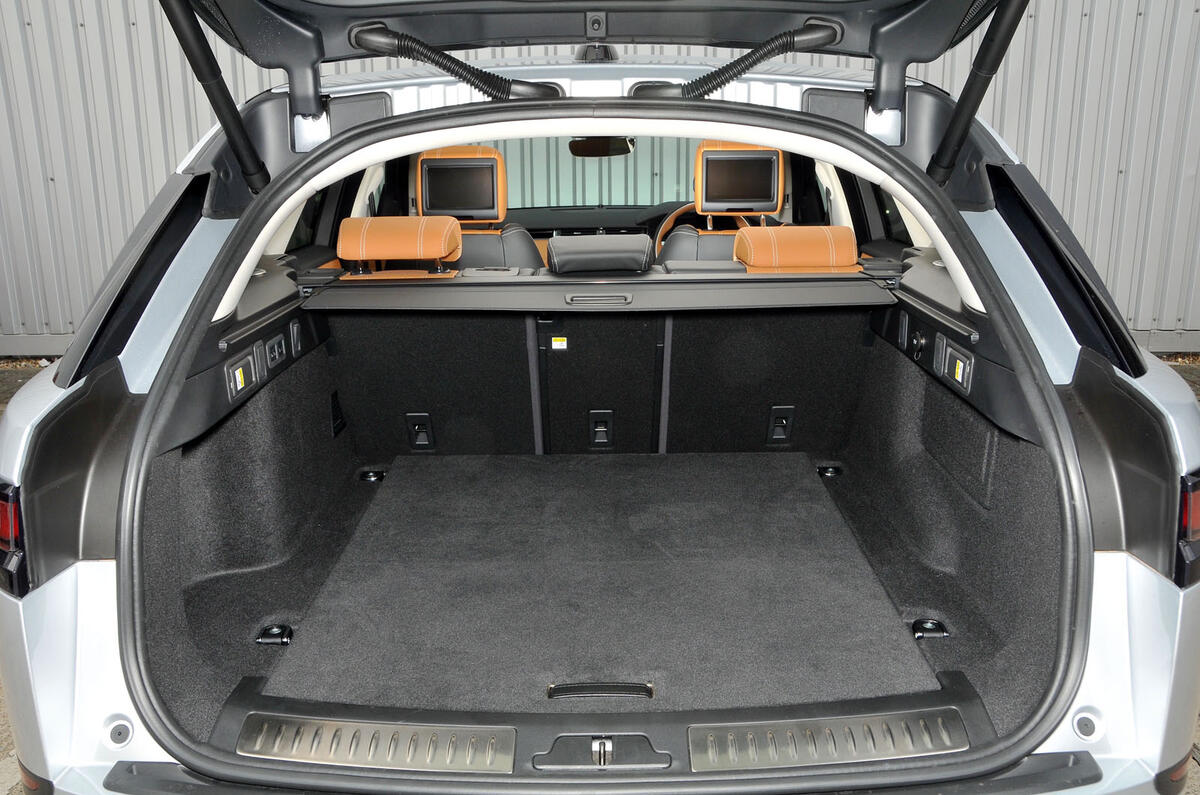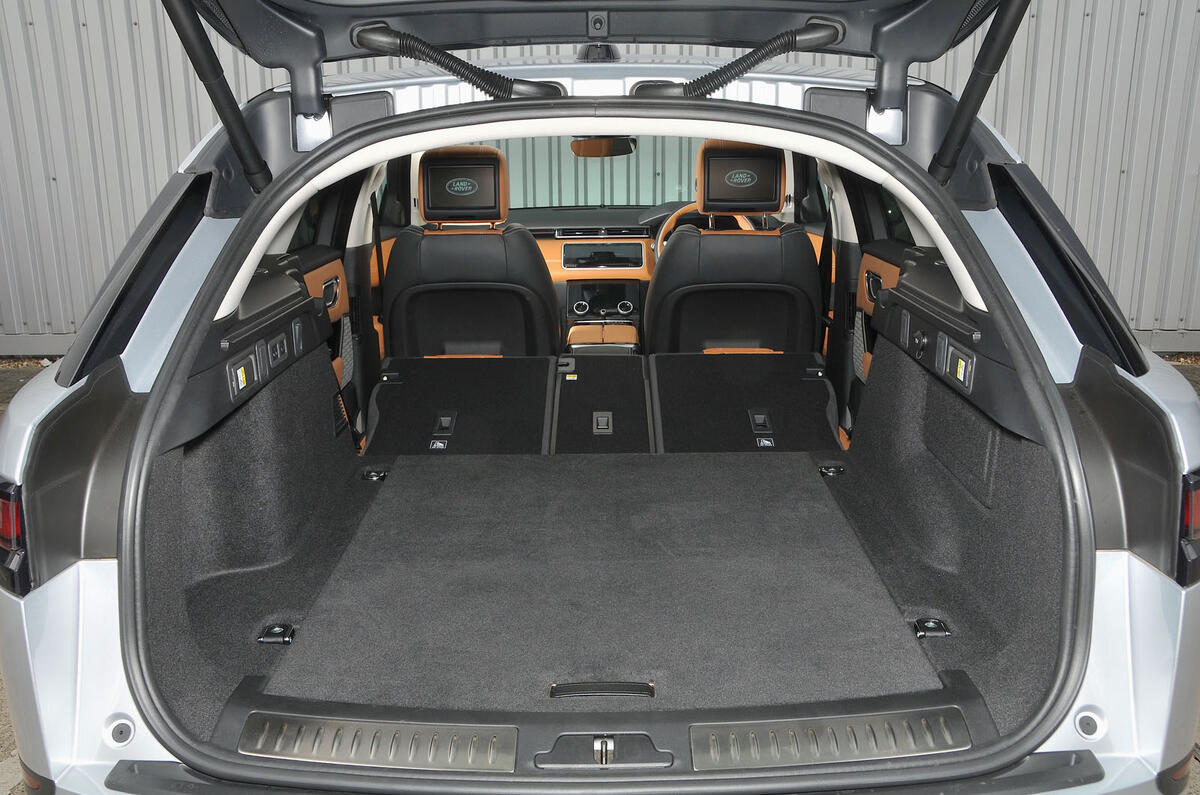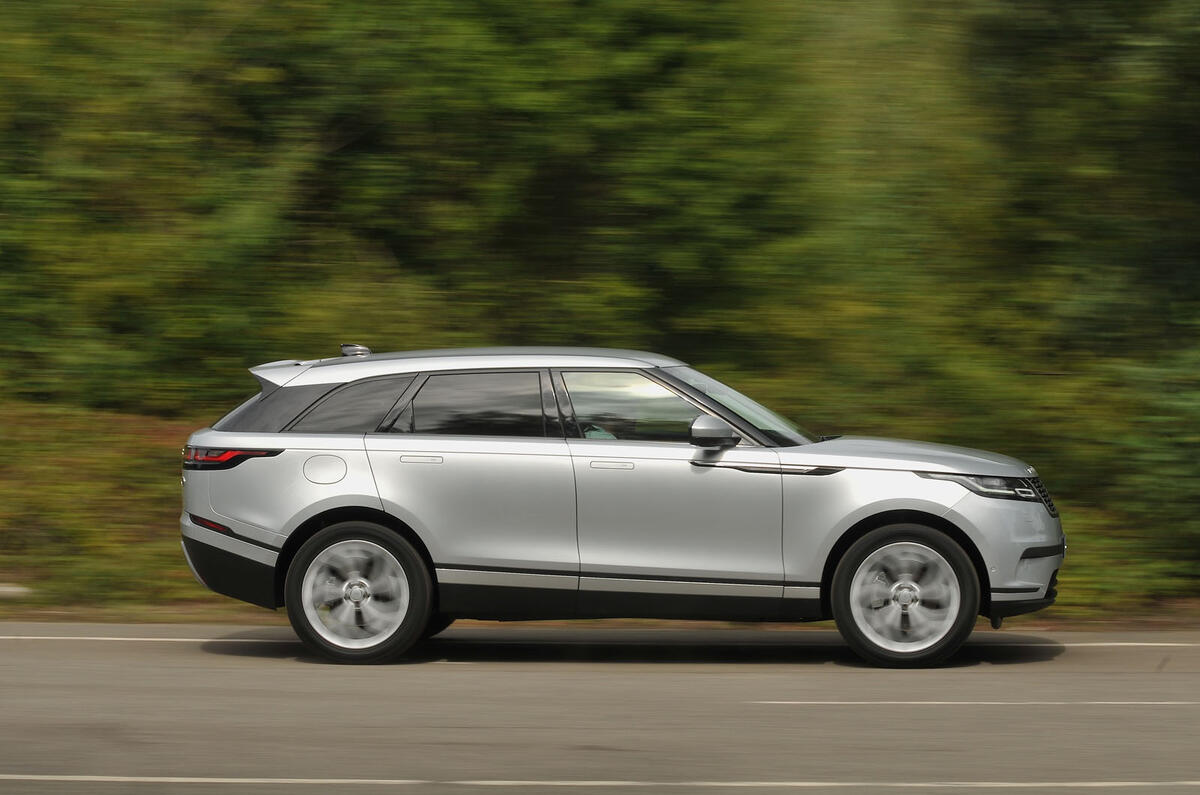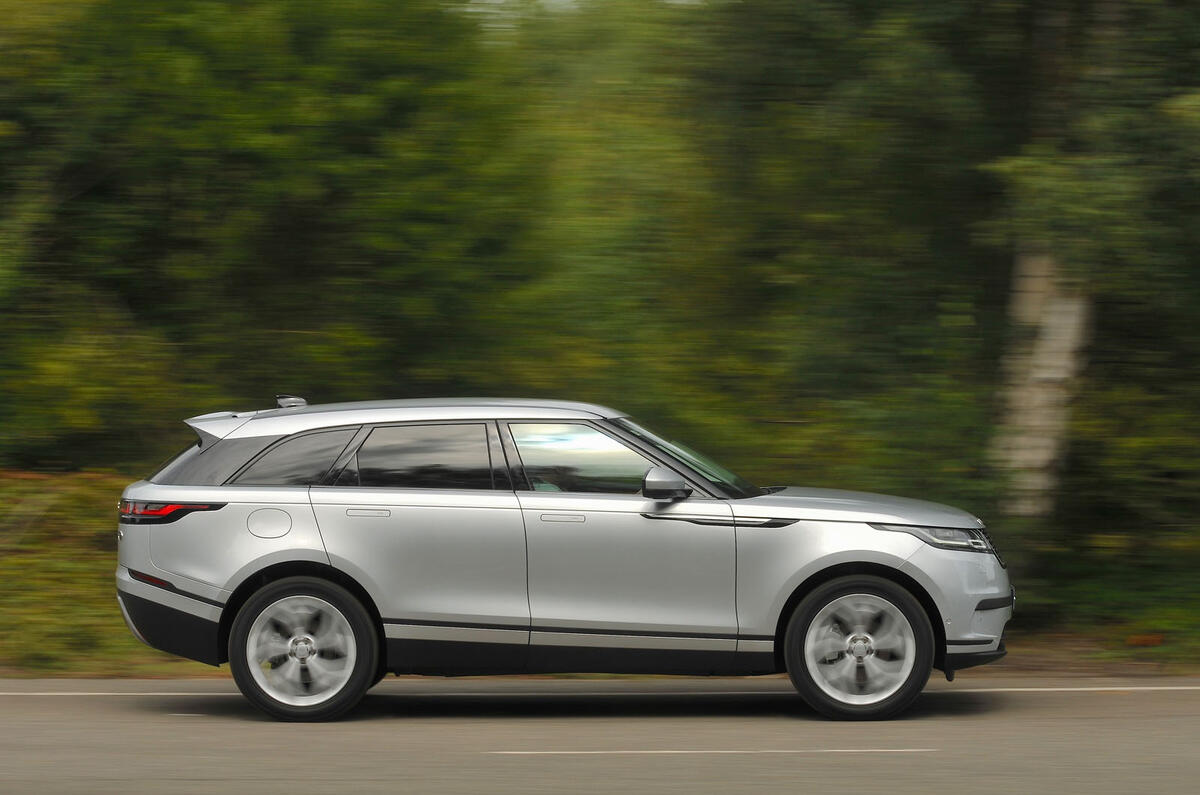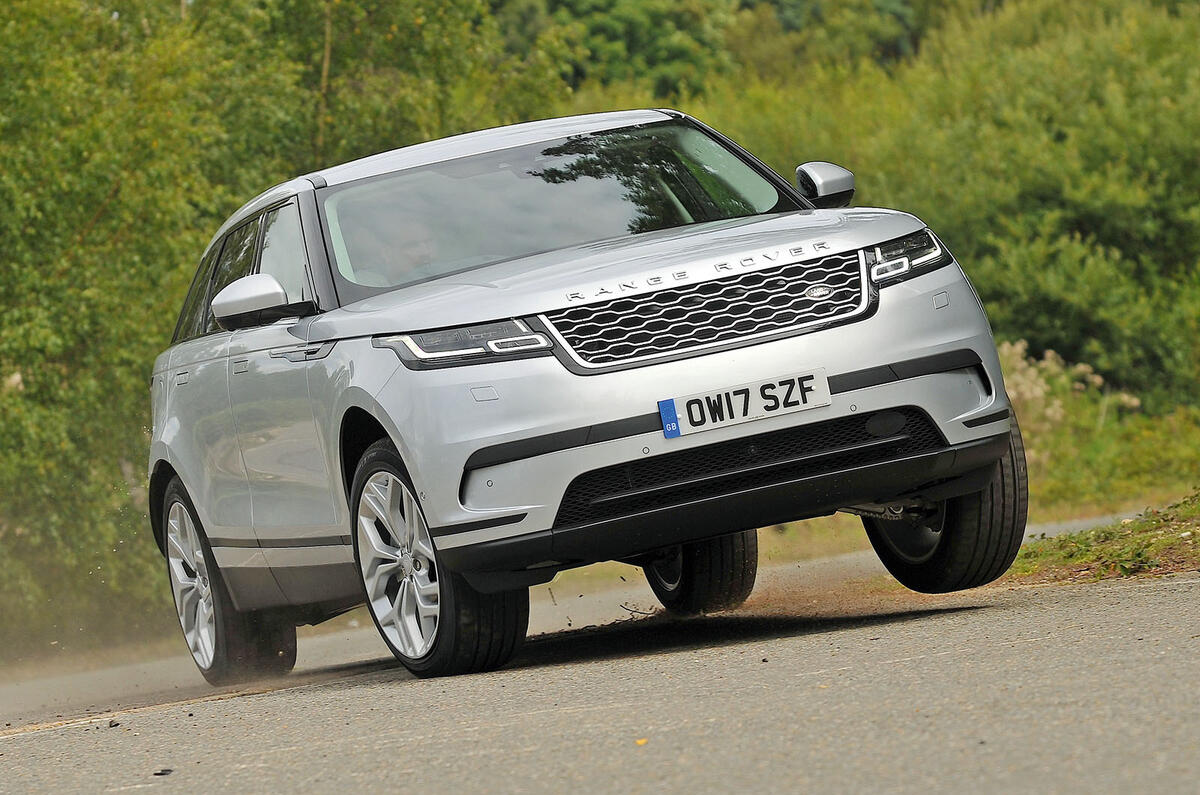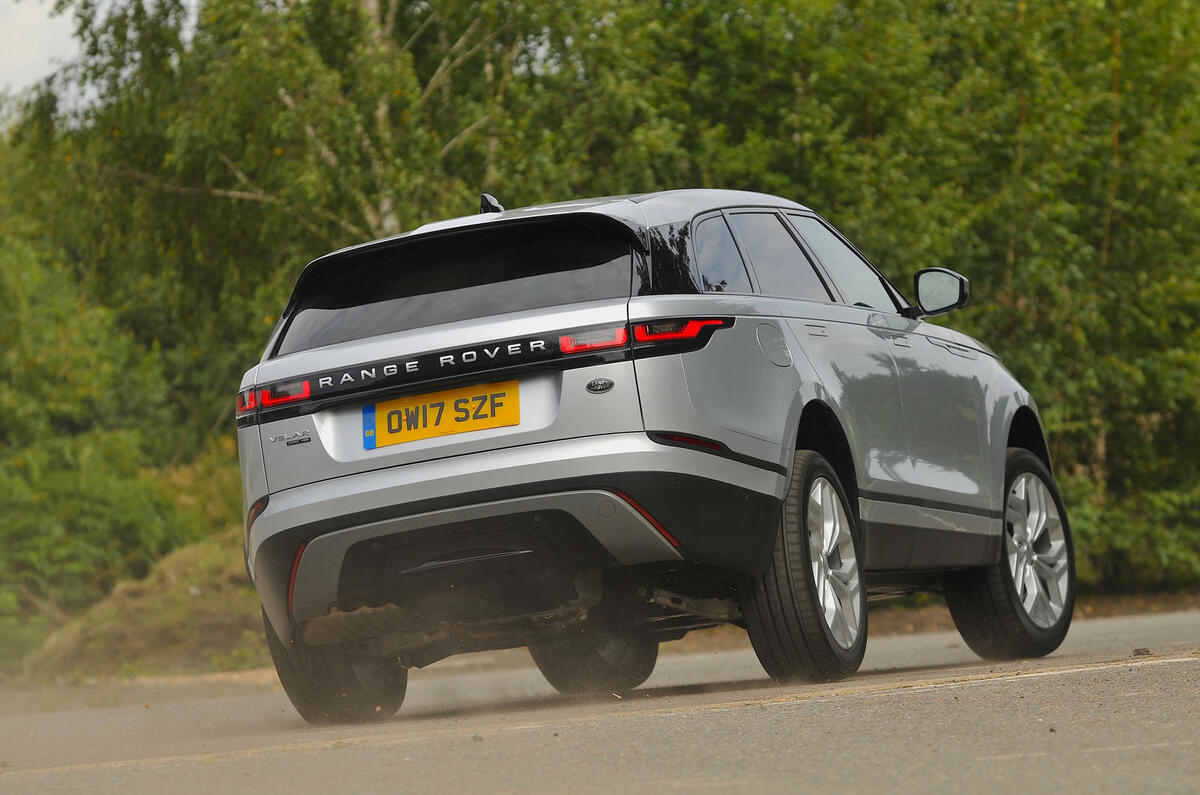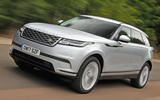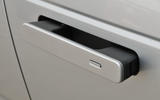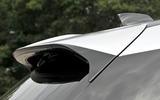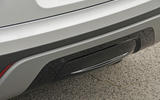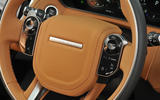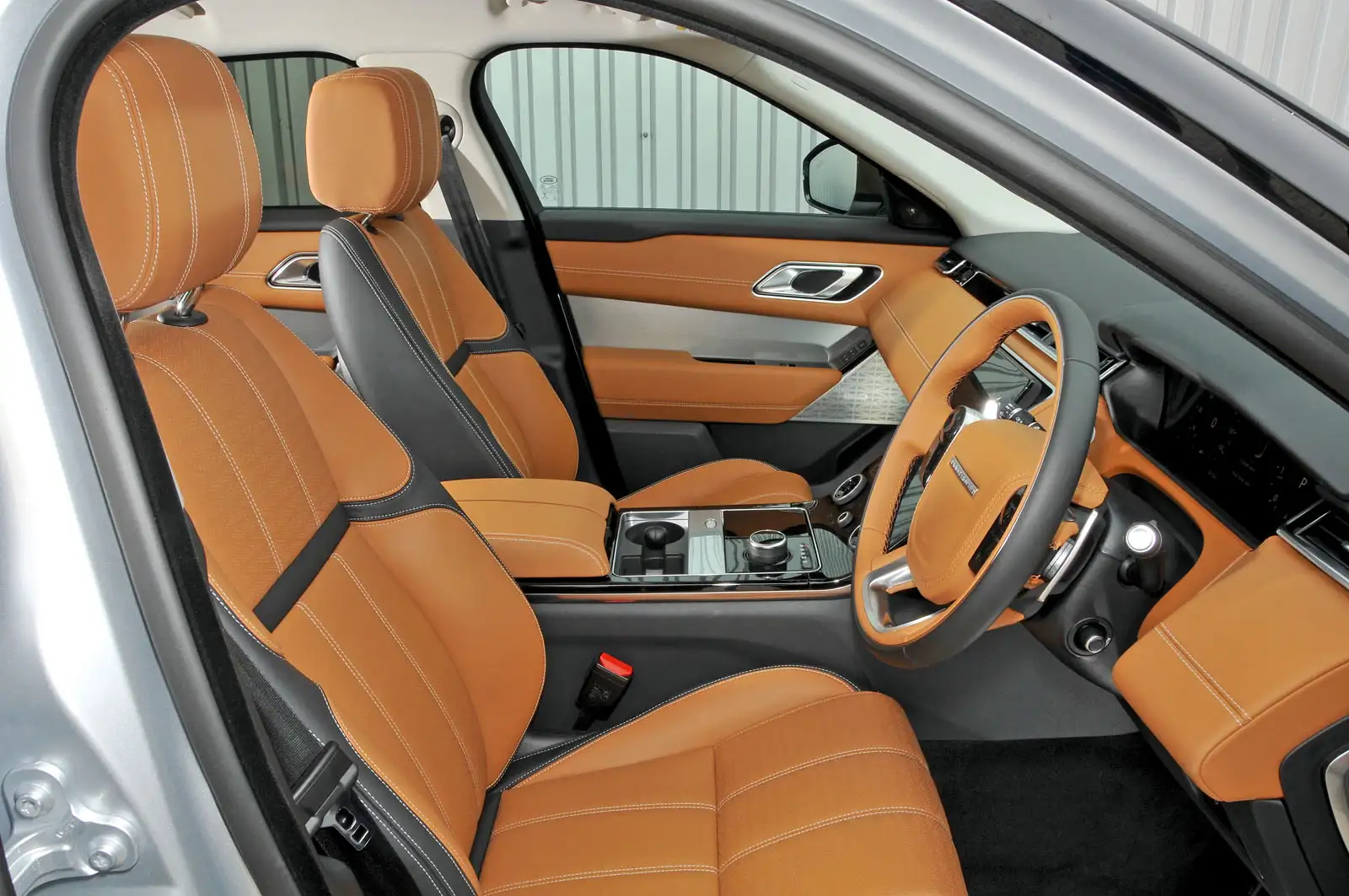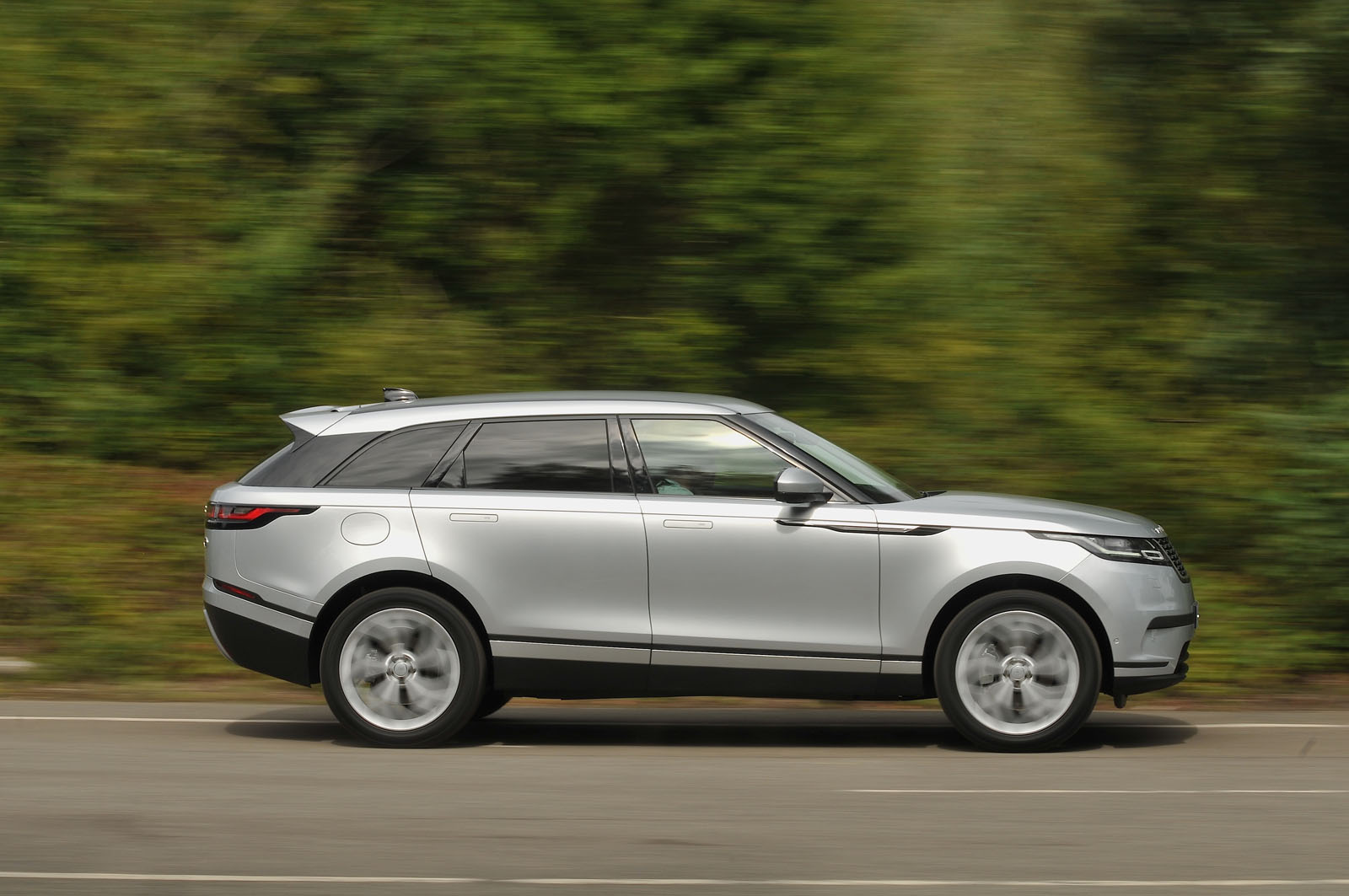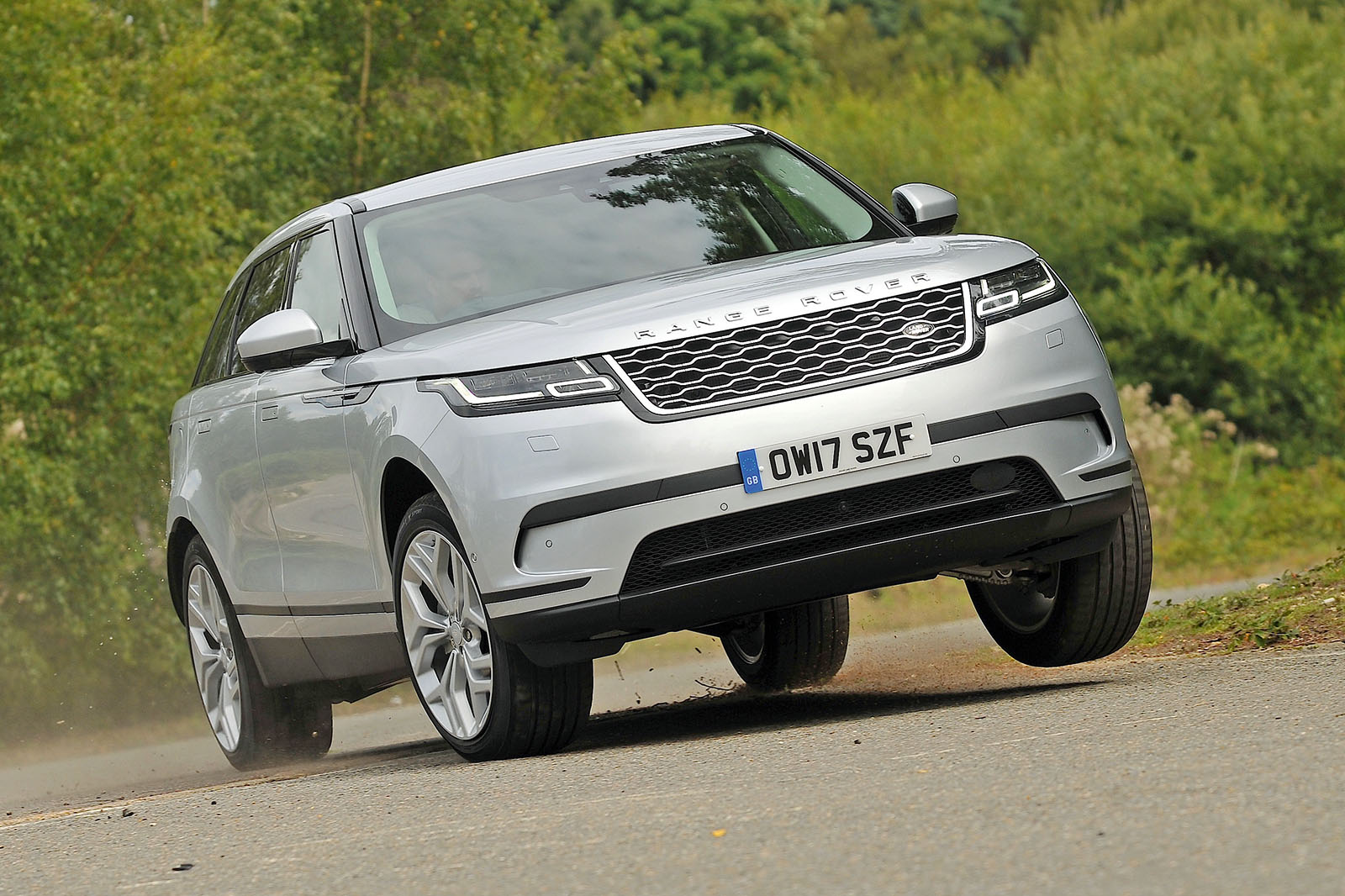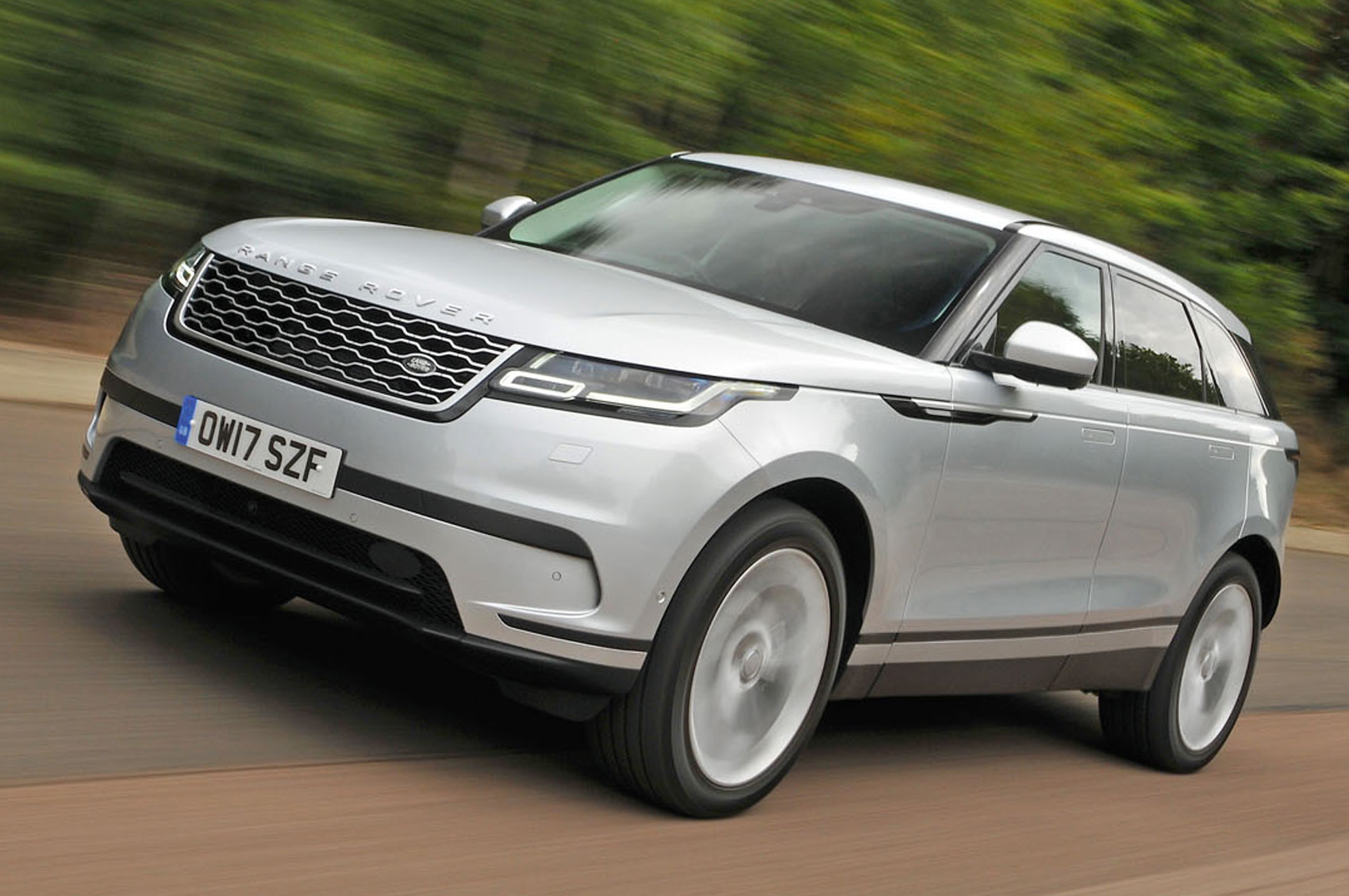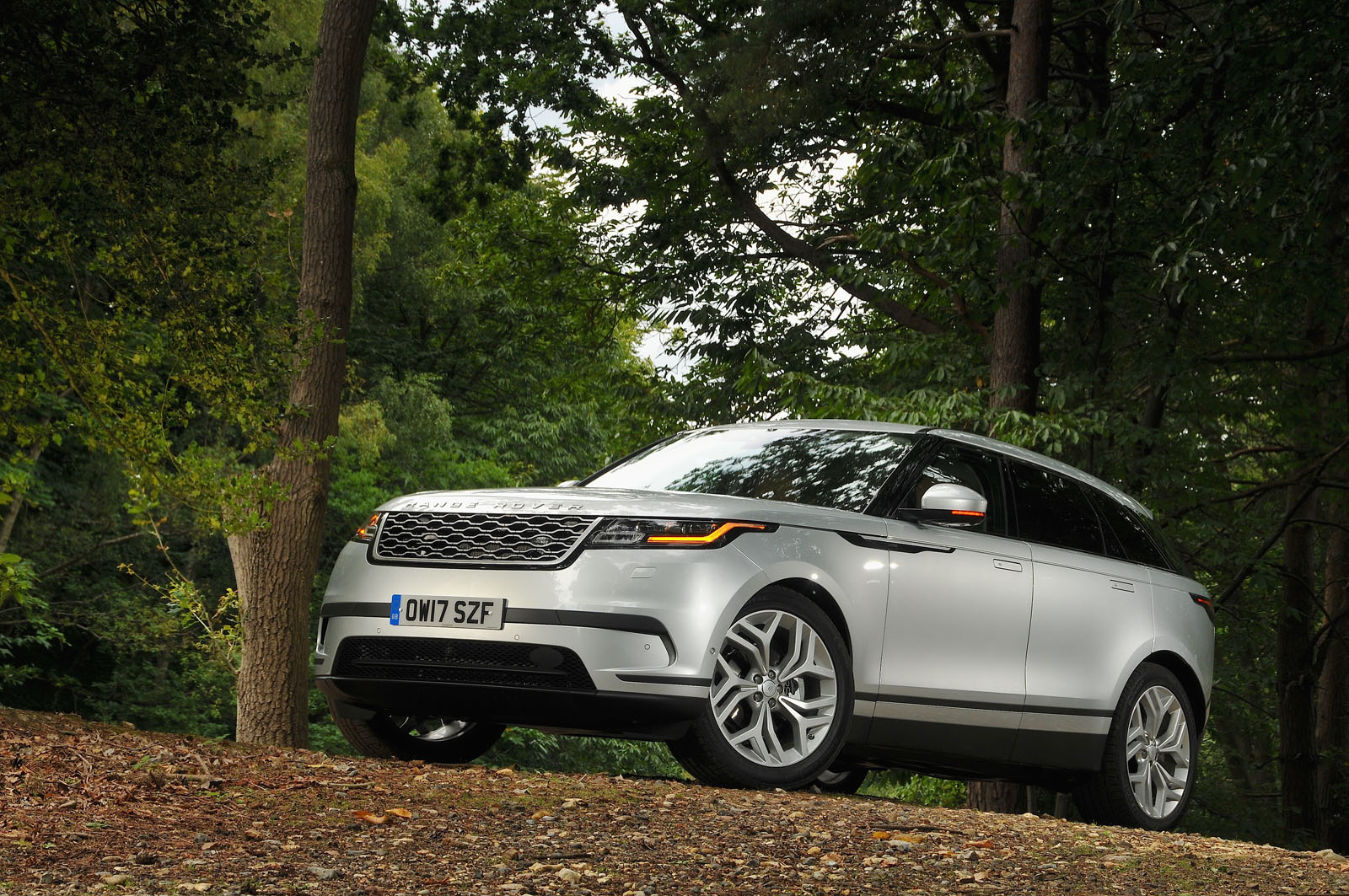If you think the Velar looks like a show car from the outside, you should see inside it.
Again, it’s a natural, logical progression from other Range Rovers, but one that has resulted in one of the most striking interiors to step out of a British car factory.
In HSE specification, you get practically all you see here as standard, bar a £930 head-up display and £2225 of rear-seat entertainment, and we’d probably live without both.
Certainly, you won’t feel short-changed when it comes to screens to look at. There’s a fully digitised instrument panel, with two touchscreens, on the centre console, whose graphical resolution and functionality mark serious improvements on those used on other JLR models.
The Velar gets a multimedia system all new to Jaguar Land Rover and it’s finally one that should fear nothing offered by any rival.
Key to it is its intuitiveness. Granted, there are a few idiosyncracies, but once you’re attuned to its ways, it’s as straightforward as you’ll find in, say, a Mercedes-Benz.
The lower screen is too low for our preference. But at least it deals with the controls you’re likely to use less often and can repurpose the two rotary dials for the heat control as assistants to other functions — to change the drive mode or the heated-seat strength, for example.
But away from the touchscreen modes, the system’s crowning glory are steering wheel buttons that can also be repurposed. Rotate your finger slowly around the left-side roundel’s edge, for example, and you’ll turn up the volume. Push the middle of it and that roundel’s graphics change and it becomes a way to scroll through functions displayed on the instrument panel — all while your hands stay on the wheel and your eyes not far from the road.
If there is a downside to them, mind, it’s that they both show up fingermarks and, along with the big slab of metalised plastic on the transmission tunnel, plus the glossy plastics that surround it, they reflect sunlight badly.
With a more steeply raked screen than is typical in a Range Rover, yet a relatively low window line that is a trademark of the brand, lots of light gets in here and an unreasonable amount of it ends up in your eyes.
Better, then, are the other leathers, plastics and metals that adorn the upper section of the cabin, where you’ll find big, electrically adjustable, heated chairs in the front, from where it’s easy to set up a relaxed driving position, tall if less commanding than in a big Range Rover, or a Range Rover Sport.
There’s plentiful oddments storage, too, and although rear leg room is not much more than adequate in this class (in truth, adults can sit comfortably behind adults, and how much air do you need in front of your knees?), the payback is that the boot is notably bigger than in most rivals.


